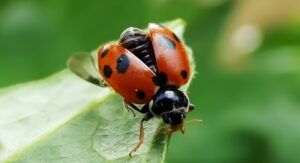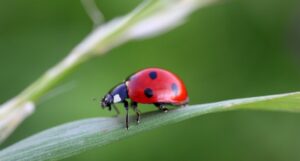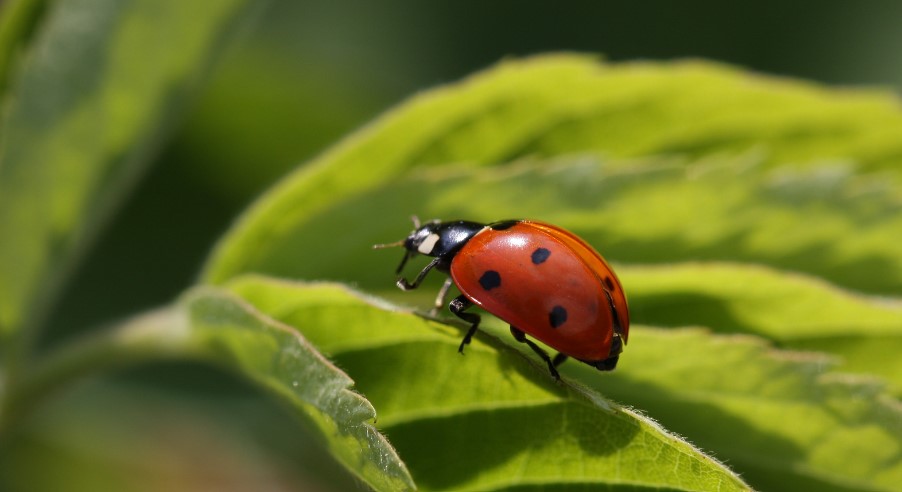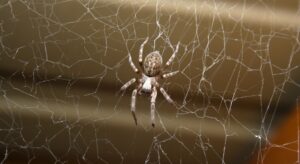Ladybirds, also known as ladybugs, are typically seen as friendly garden insects due to their reputation for consuming harmful pests. However, when these beneficial bugs start invading your living spaces in large numbers, they can quickly turn from beloved allies to bothersome pests. In this article, we will explore how to get rid of ladybird infestation and maintain your space without ladybugs.
How To Identify Ladybirds?
Before we get into the real topic of controlling the ladybird infestation, let’s have a quick look at identifying the ladybirds. Ladybirds are small beetles with round, dome-shaped bodies that come in various colours, though they are most commonly red or orange with black spots. If you notice clusters of these insects indoors, especially during the cooler months, chances are you have a ladybird infestation on your hands.
How To Get Rid of Ladybird Infestation?

Ladybirds may be beneficial bugs, such as insects that consume harmful pests. But they can also be annoying sometimes. To prevent that from happening, let us teach you how to get rid of ladybug infestation. The methods to control ladybugs are,
- Natural Predators
- Habitat Modification
- By using Chemicals to control
- Calling professional pest control services
Natural Predators
Natural predators are the species which consume ladybugs as a concept of ecosystem. So, encourage the presence of natural predators of ladybirds, such as birds, spiders, and certain parasitic wasps. By creating a diverse ecosystem in your garden, you can help maintain a balance between ladybirds and their natural enemies.
Habitat Modification
Changes or modifications in your space can also be useful in controlling ladybird infestations, such as planting bay leaves. So, altering the space to make it less hospitable for ladybirds can deter infestations. Keep garden areas clean and free of debris, and avoid over-fertilising plants, as excessive nitrogen can attract aphids, a primary food source for ladybirds.
Using a range of herbs and essential oils can also deter ladybugs from gathering or entering your home, such as bay leaves, citronella, lavender oil, lemon oil, orange oil, and clove oil. You can place those plants around your space to avoid bugs.
Chemical Method
Always consider chemical methods as your last DIY method for ladybug infestation. Because sometimes, the chemicals we use can also be harmful to children if they are allergic to those specific chemicals and solutions. Consider using insecticides labelled for ladybird control. However, exercise caution and follow product instructions carefully to minimise harm to beneficial insects and the environment.
Help From Pest Control Services

If the ladybug infestation continues after all of your efforts, consider calling a licenced pest control professional who has experience dealing with ladybird infestations. They are able to evaluate the situations and suggest suitable courses of action.
Conclusion
When dealing with ladybird infestations, it’s important to be aware and prefer non-lethal approaches whenever possible to avoid killing these beneficial insects. You can effectively manage and get rid of ladybird infestations while keeping a healthy balance in your home by using the above-mentioned methods and being proactive in your pest management efforts. Always get a suggestion or advice from licensed pest control services before going to take DIY steps for any pest control activity.






